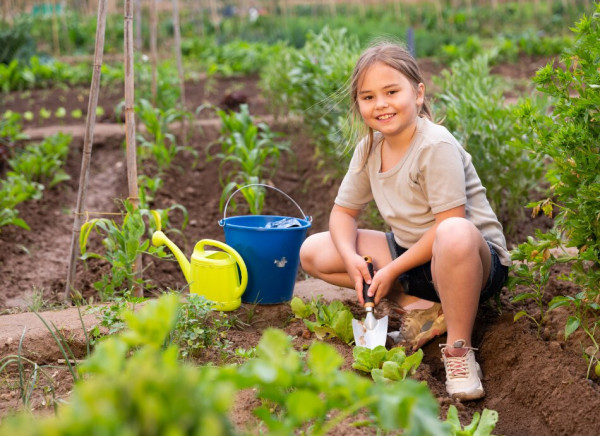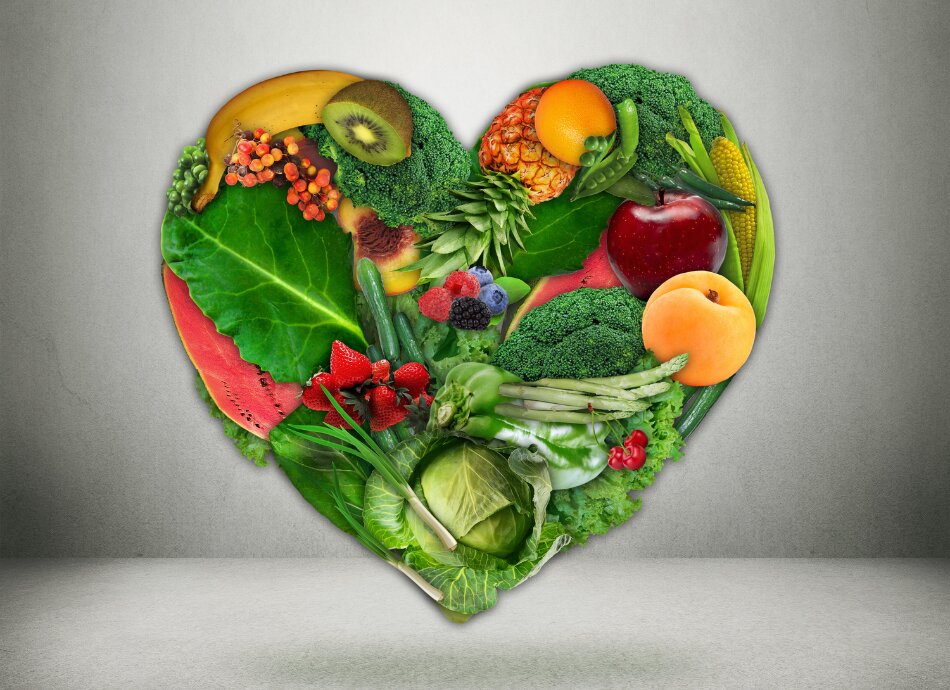Fruit and vegetables can be a major part of every meal. One of the best ways to encourage children who might be reluctant to try new food is to grow fruit and veggies at home. You don't need a lot of space either – a few pots on the windowsill or on the back doorstep can produce yummy results eg, strawberries, cherry tomatoes and salad greens don't take up much room.
You can also eat lots of fruit and veg yourself. If the kids see what you eat and enjoy, they'll be more likely to try it too. When it comes to smaller children, keep trying. For some food, it might take a few go's before they get a taste for it. But remember, don't force kids to eat things. Sometimes, there are foods we just don't like!
Here are some easy ways to add more fruit and vegetables into your diet:
Breakfast
- Add chopped fresh fruit or canned fruit (in unsweetened juice) to your breakfast cereal. Try chopped banana or grated apple in your porridge. Peaches, berries and kiwifruit when in season add colour and variety.
- Add tomatoes and mushrooms to scrambled or poached eggs.
Lunch
- Use salad fillings to bulk out lunches.
- Use up leftover roast vegetables by adding to a salad for lunch, eg, with some spinach leaves, chopped tomatoes and canned lentils or chickpeas to add some protein.
Snacks
- Keep a bowl of fresh fruit on the bench or kitchen table.
- Cut up carrot sticks and apple slices for snacks on the run.
- Try freezing banana slices or grapes for a yummy summer treat.
- For a quick snack try fruit with yoghurt and a sprinkle of nuts, or celery, cucumber and carrot sticks with hummus.
Dinner
- Steaming or microwaving is better than boiling vegetables as cooking them quickly helps to preserve the vitamins they contain.
- Make vegetables the main event and add your protein and grain foods as a side.
- Soups and stews are a great way to use vegetables that are about to go out of date.
- Hiding vegetables in meals can be a good idea for fussy eaters! Add grated or finely chopped vegetables to dishes like bolognaise sauce, meatballs or meatloaf.
Cut down on food waste
No-one likes throwing away food – especially when you’ve got a meal planned or if you're on a budget. Try these tips for keeping your fruit and vegetables fresh.
- Keep carrots fresh in the fridge by placing them in a container with a wet paper towel.
- Don’t store apples, bananas, pears and potatoes with each other or with other fruit and vegetables. They can speed up the ripening process.
- Store ripe fruit in the fridge or freezer.
- If celery goes limp, cut off the bottom and place it in water for a few hours.
- Store salad leaves in an airtight container.
- Chop onions, broccoli, cauliflower and spring onions and store in the freezer until you’re ready to use them.
- Wrap damp towels around the base of asparagus or soft herbs (like coriander, parsley and mint) and store upright in a glass of water.
- Store potatoes in a cool and dark place and keep them separate from onions.
- Store leftover cut fruit or vegetables in a beeswax wrap or a container.
- Try growing fruit and vegetables at home. If you are limited for space, try growing them in pots. That way you can harvest them fresh when you need them.

Image credit: Canva
Read more about eating well for less.








